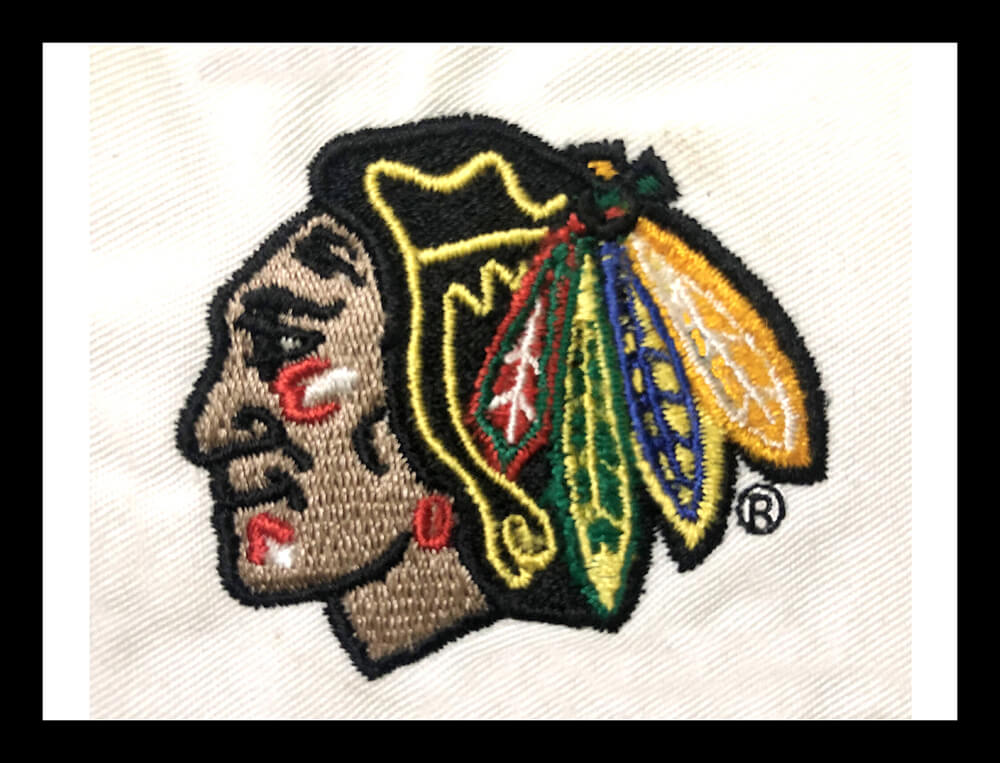Grasping the Needlework Digitizing Refine: Your Ultimate Guide
Embroidery digitizing is a precise craft that needs accuracy and know-how to translate complex styles right into digital styles for maker needlework. As artisans begin on this journey to understand the needlework digitizing procedure, a comprehensive understanding of the fundamentals sets the foundation for quality.

Recognizing Needlework Digitizing Essentials
Embroidery digitizing basics develop the foundation whereupon intricate layouts are translated right into machine-readable formats for specific stitching. This initial action in the embroidery digitizing procedure is critical for making certain that the final embroidered product is a loyal representation of the initial design. Recognizing embroidery digitizing fundamentals involves grasping key principles such as stitch kinds, stitch instructions, density, rug, and draw compensation.
Sew types play a vital role in figuring out the aesthetic and textural end result of the embroidered layout. By choosing the ideal stitch type, whether it be satin, fill, or running stitch, digitizers can achieve the desired result and enhance the general quality of the needlework. Additionally, sew instructions influences the circulation and dimension of the style, while density figures out the spacing and insurance coverage of the stitches.
Moreover, rug sewing gives stability to the layout by securing the fabric and protecting against distortion throughout the embroidery procedure. Pull compensation is one more essential factor to consider to combat the natural propensity of fabric to contract when sewn. Mastering these needlework digitizing basics is basic for developing professional-quality embroidered products.
Picking the Right Digitizing Software Application
Choosing the suitable digitizing software is a critical choice that dramatically influences the efficiency and top quality of the embroidery digitizing procedure. Digitizing for Embroidery. When picking the right digitizing software application, it is necessary to think about variables such as the intricacy of styles you prepare to develop, the user-friendliness of the software program, the degree of consumer support offered, and the compatibility with your needlework machine
There are different digitizing software program choices offered on the market, varying from fundamental programs for newbies to sophisticated software application for specialist digitizers. Some prominent selections include Wilcom EmbroideryStudio, Hatch Needlework Software Application, and PulseID. These software provide a large range of devices and attributes to assist you create detailed styles easily.
Before deciding, it is recommended to discover the various software program options via complimentary trials or demonstrations to Read Full Report establish which one best matches your demands. In addition, reviewing evaluations and looking for recommendations from skilled digitizers can supply beneficial insights right into the strengths and weak points of each software program bundle (Digitizing for Embroidery). By carefully evaluating your requirements and contrasting the attributes of different digitizing software, you can make an educated choice that enhances your needlework digitizing operations
Digitizing Devices and Techniques

Optimizing Layout Setup for Embroidery
Understanding the details of style setups is basic in accomplishing optimal lead to the needlework digitizing process, building upon the structure laid by comprehending digitizing tools and strategies. When maximizing layout setups for needlework, it is vital to think about variables such as stitch kind, density, padding, pull payment, and news enrollment. Sew kind option impacts the total feel and look of the layout, with alternatives like satin, fill, and running stitches supplying various textures and effects. Density describes the spacing and thickness of stitches, impacting the style's protection and resilience. Appropriate rug stitching supplies security and protects against fabric distortion, particularly for complicated layouts or on elastic products. Draw compensation adjusts for material stretch throughout sewing, ensuring accurate layout replication. Registration settings straighten various elements of the layout properly, keeping overall style integrity. By fine-tuning these style setups, embroiderers can boost the quality and precision of their embroidered creations.

Troubleshooting Common Digitizing Issues
When encountering usual digitizing concerns throughout the embroidery procedure, it is necessary to comprehend the origin and execute efficient services promptly. One common trouble is stitch density concerns, where stitches might be also dense, creating the material to pucker, or as well sporadic, leading to gaps in the layout. Changing top article the stitch density settings in the digitizing software program can help settle this concern.
Another constant challenge is string breaks during the embroidery process. This can take place as a result of numerous factors such as wrong tension setups, boring needles, or making use of low-quality thread. Ensuring appropriate maintenance of the needlework maker, including routine needle adjustments and tension adjustments, can lessen the occurrence of string breaks.
In addition, design registration errors can lead to misaligned components within the embroidery style. Examining the design alignment in the digitizing software application and making necessary changes prior to sewing can assist in avoiding this concern. By addressing these typical digitizing concerns without delay and properly, you can ensure a smoother embroidery process and top notch finished products.
Verdict
In final thought, grasping the embroidery digitizing process requires a strong understanding of the fundamentals, the best choice of software application, and expertise of devices and methods. Optimizing layout settings and repairing usual digitizing problems are crucial actions in making sure top quality needlework results. By adhering to these steps faithfully, one can achieve precision and effectiveness in the digitizing process.